We occasionally link to goods offered by vendors to help the reader find relevant products. Some of these may be affiliate based, meaning we earn small commissions (at no additional cost to you) if items are purchased. Here is more about what we do.
Do your chocolate chip cookies look like they should be served with maple syrup, because they are as flat as pancakes? You’ve come to the right place if you want to fix this frustrating issue!

There’s nothing I like better than a warm chocolate chip cookie fresh from the oven.
My mother’s version were delicious mounds of dough mixed with walnuts, dried cranberries, and semisweet chocolate chunks, with moist centers and crisp edges.
Mine, on the other hand, used to look like chocolate chip pancakes every time I would bake them – until I figured out what the problem was!
At times, you’re actually meant to have flat cookies, like with our classic cut-outs or almond wafers.
But with most chocolate chip cookie recipes, you’re looking for perfectly risen, plump, and tasty mounds.
A typical recipe for this classic baked treat involves a basic procedure with simple steps. So where do we go wrong when the perfectly bulbous mounds of dough come out flat?
You may be surprised!
Our handy tips will give you more control over your baking, and greater satisfaction with sweet, successful results.
Grab your oven mitts and let’s get started!
9 Quick Tips to Say Goodbye to Flat Chocolate Chip Cookies
1. Take a Look Outside
Do you remember what the weather was like when you made your last batch of cookies? Did you know that humidity in the air can have an effect on your ingredients?
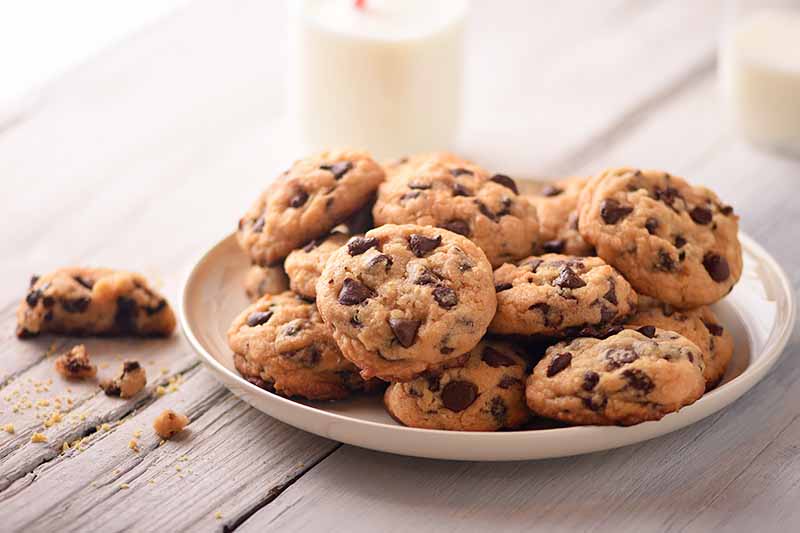
That’s right! Hot, humid, and rainy weather can lead to a sub-par baking experience.
Dry ingredients like flour and granulated sugar can absorb additional moisture. Incorporating these damp ingredients will then throw off the balance of a carefully calculated ratio of ingredients.
More moisture creates a softer dough – which results in a flatter end result!
As soon as you open a bag of flour or granulated sugar, immediately transfer it to an airtight container for the best storage.
The bags in which these ingredients are sold are not ideal storage vessels once they are opened, since they won’t be able to close and seal completely anymore.
It’s also important to keep your dough as cold as possible prior to baking on a hot day.
The dough will warm and soften at a more rapid pace when the weather is warmer – do your best to ensure the dough stays cold, both before and after portioning.
Colder, stiffer portions of dough will not spread as quickly as they bake – something we’ll explain more thoroughly below in Tip #7, so keep reading!
2. Check Freshness of Leavening Agents
Baking soda and baking powder are two common leavening agents, and both options are commonly used in chocolate chip cookie recipes.

They help the cookies rise by releasing bubbles of carbon dioxide, forming air pockets in the gluten network to create volume and a porous texture.
However, if your leavening agents are old, they might not react successfully with your ingredients, leaving you with flat, dense discs that smell of failure.
Before baking, you can check to see if your baking powder or soda are still fresh with a very simple test!
Combine 1/4 teaspoon baking powder or soda with 1 tablespoon of distilled white vinegar – if the mixture fizzes and bubbles, you’re good to go.
If the mixture is dormant with no activity, you have found your flat-cookie culprit! Replace your baking powder or soda with a fresh box or canister from the store, and be sure to keep an eye on those expiration dates.
And if you don’t bake too often, consider downgrading your leavening agents to the smallest size sold at the store – you won’t need a two-pound bulk container!
Expired baking soda can still be used as a cleaning product, to whiten stained plastic containers, for example.
3. Measure Precisely
Proper measurements are crucial to a good outcome, so be sure to measure carefully, and follow any specific prep instructions as indicated in your recipe for each ingredient.
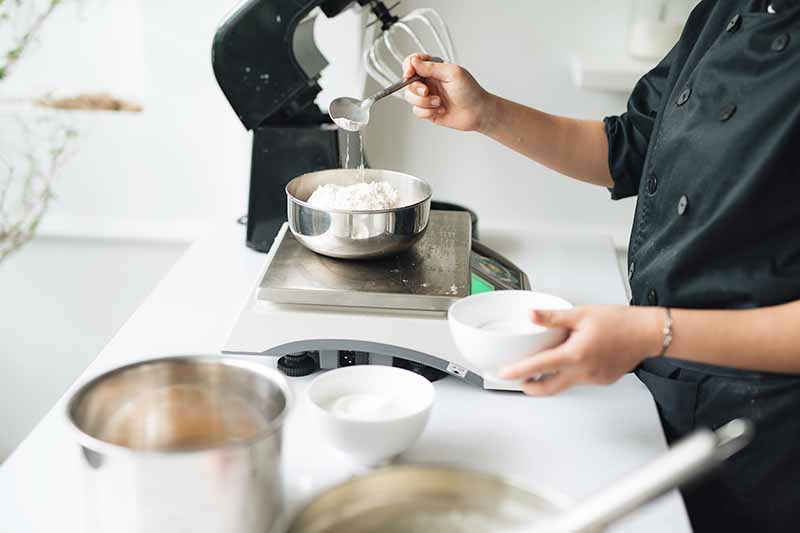
Well-written recipes are based on how ingredients react chemically to each other in varying proportions in baking. Even a slight shortage in the amount of flour will throw off the recipe, potentially producing a flatter result.
For accurate measurements, weighing each ingredient rather than relying on volume measures will yield the best results.
However, if a kitchen scale is not available to you, or if your recipe does not include weights, make sure you use dry measuring cups for dry ingredients, liquid measuring cups for liquid ingredients, and measuring spoons for smaller portions of ingredients.
Don’t simply add a pinch of this or a dash of that! Baking relies upon accuracy, with less room for casual experimentation compared to other types of cooking.
When measuring all dry ingredients, make sure you level off the ingredients in the measuring cup or spoon with a butter knife or an offset spatula so whatever you’re measuring is flush with the rim.
When measuring flour in particular, don’t pack it down in the cup. Instead, tap the measuring cup against your counter to eliminate air pockets. You may need to fill with a little extra flour after doing this.
Check for hardened clumps in your granulated sugar before measuring. Sift the sugar to separate and remove any large pieces.
Your recipe should indicate whether brown sugar needs to be firmly or gently packed in your measuring cup. It can have hardened clumps as well – check and remove them before measuring.
Keep in mind that standard substitutions won’t always produce the same results that you’re looking for.
If you want to make a vegan or gluten-free batch for the first time, set Grandma’s recipe aside and rely on a tested and trusted resource to find a suitable version.
Rather than handling substitutions on your own, and crossing your fingers during the baking process, you can find many alternative recipes here on Foodal. Our recipe for vegan chocolate chip cookies is a tasty homage to the classic treat made with no animal-based products, and you’ll love our buckwheat cookies for a gluten-free version.
4. Know How to Handle Butter
The low melting point of butter may be what is causing your cookies to flatten.
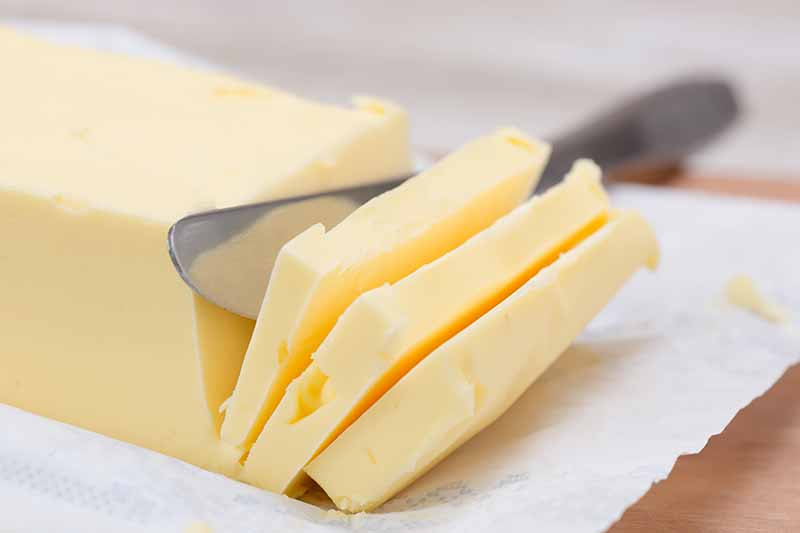
Butter is a saturated animal fat, and it’s very temperamental! Butter that melts prematurely is responsible for many a flat cookie, especially if your recipe relies on the creaming method of mixing ingredients together.
For the best creaming results, the butter should be soft, but it shouldn’t be liquidy or completely melted.
Many bakers make the mistake of hastily microwaving the butter to soften it, but they often heat it far more than is necessary. Softened butter should still maintain its structure, and it shouldn’t be swimming in a pool of its own fat!
Ideally, take your butter out of the fridge to soften at room temperature for 30 minutes to one hour before you start baking.
Check the softness of the butter at the 30-minute mark by gently pressing your finger or a utensil onto the top of the butter.
If the butter is still cold and solid, without any indention left by your finger, allow it to soften for an additional 30 minutes. If your finger leaves an indentation on the surface, the butter is ready. Get started as soon as it’s workable!
If the butter looks like it is already melting and losing its structure, you’ve gone too far! Place it back in the refrigerator for 10 to 30 minutes to let it reharden slightly.
These softening techniques also apply to vegan butters, which are designed to mimic the texture of butter made from animal fat.
5. Try Shortening
Alternatively, you can avoid the fickle butter sticks altogether and opt for an equal amount of shortening.
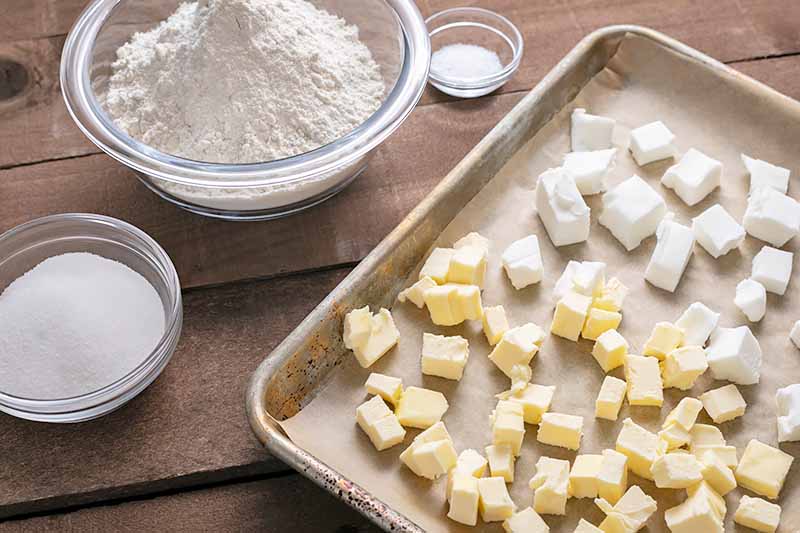
This product made from hydrogenated vegetable fat has a higher melting point, so it doesn’t make cookies spread out like butter can.
However, because shortening is 100% fat, it doesn’t contain water or other flavor compounds like butter does.
While it will help your cookie maintain its structure, shortening’s total lack of water will inhibit gluten formation, creating a softer, more tender product that won’t have a chocolate chip cookie’s characteristic chewy bite and crispy edges. And it also won’t contribute to the classic buttery flavor of a traditional recipe.
A common solution to shortening’s setbacks is to use half butter and half shortening when you make your recipe. That way, you’ll minimize the risk of spreading while still taking advantage of butter’s rich texture, tasty flavor, and tantalizing aroma. Butter-flavored shortening is also available.
It’s your call, but we recommend that you consider utilizing all of the other tips in this article before jumping on the shortening bandwagon! There are still other ways to prevent flat cookies without sacrificing flavor if your recipe does not call for shortening to begin with.
There’s nothing better than butter, after all!
6. Use Optional Add-Ins
Maybe your recipe is like the one I always use, and it suggests an optional cup of an additional item like nuts, oats, raisins, peanut butter chips, or the like.
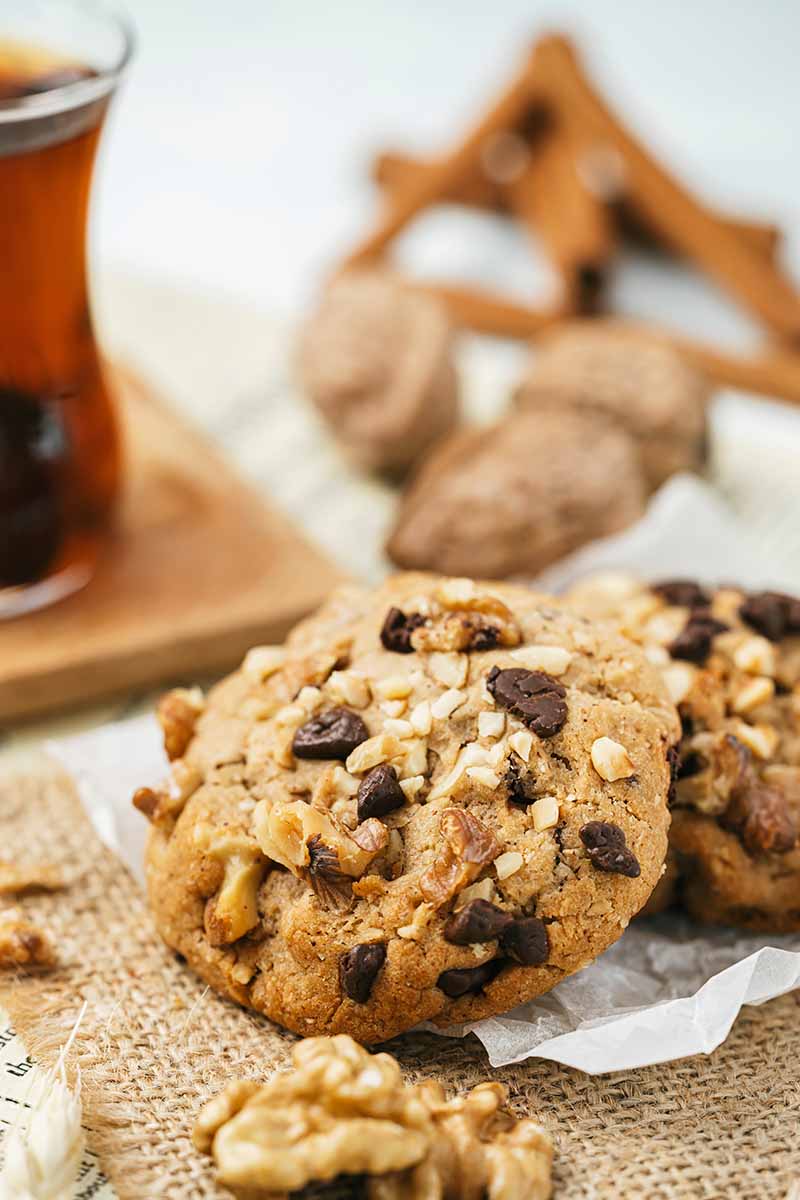
Did you ever wonder why a recipe can take or leave an entire cup of an ingredient without affecting its outcome? Well, the fact is, the outcome is affected!
Without these solid, chunky additions mixed into the dough, a cookie tends to be flatter.
If you don’t use the optional cup of add-ins, you should add an extra tablespoon or two of flour to firm up your dough.
You can even add another cup of chocolate morsels for more bulk – this is a tasty solution for the obsessed chocolate lover in the family!
7. Chill the Dough Twice
Remember that butter has a low melting point. That means it has a tendency to start melting while we are still making the dough, even before it hits the oven!

By keeping the dough chilled in multiple stages, melting is delayed until the dough begins to rise and bake in the oven, resulting in a well-structured final product.
After mixing, put the bowl of dough in the fridge for 10 to 15 minutes. This initial chilling period will help to slightly stiffen the dough, without it becoming too hard and unworkable.
A colder, but still malleable, dough will help you portion it more easily, since it will be able to maintain its shape better than it would if you were working with a softer, wetter, freshly made dough.
Place the portioned mounds on one or more platters that will be able to fit in your refrigerator if your baking sheets won’t fit.
Chill for 20 to 30 minutes before transferring the mounds to your baking sheets and baking them to perfection!
8. Prepare Your Baking Sheets Correctly
Instead of greasing your baking sheets, line them with parchment paper or silicone nonstick liners.
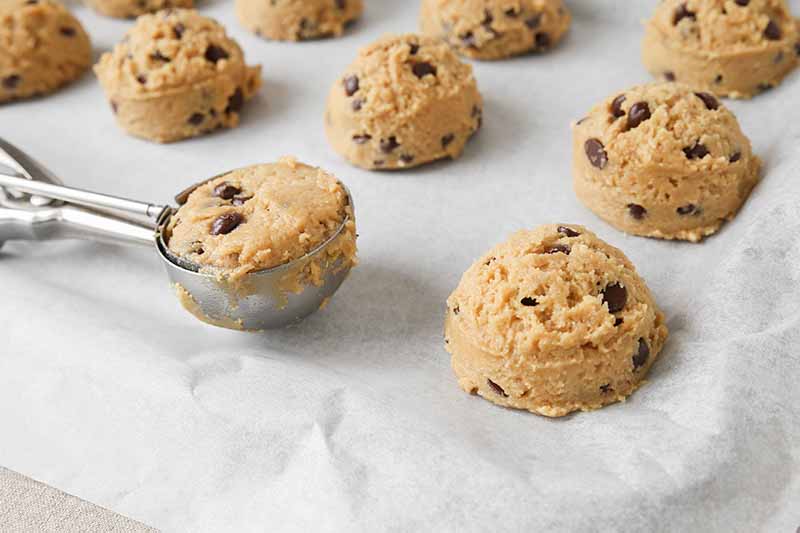
There’s enough fat in the dough already, and we want to inhibit spreading – introducing additional grease may cause your sweets to spread even more.
You should also change the sheets or liners between batches – grease from the melted butter in the cookies will remain on them.
The temperature of your baking sheets matters, as well!
Let the baking sheets cool completely between batches. Placing dough on warm sheets will cause the butter to begin to melt. If you skip this step, the cookies will start to spread prematurely before they have a chance to rise.
All the structure you worked so hard to maintain with carefully measuring the ingredients, creaming the butter, and chilling the dough will potentially be ruined by a warm pan!
9. Buy an Oven Thermometer
After preparing batch after batch of cookies that just wouldn’t bake properly no matter what I tried, I finally realized that my oven temperature gauge was inaccurate.
CDN Multi-Mount Oven Thermometer, available from Sur La Table
That problem was immediately resolved with the purchase of an oven thermometer – this little tool will help you to better understand your own oven, and will help you make the best cookies baked at the correct temperature.
With an oven thermometer, you can accurately determine what the interior temperature of your oven is, and adjust the temperature setting accordingly.
If you’re shopping for a new one, you’ll like the CDN Multi-Mount Oven Thermometer, available now from Sur La Table.
Note What Works
With these handy tips, your flat cookie days should finally be over, once and for all – you’ll be baking the best chocolate chip cookies of your life, the ones that you’ve seen only in your dreams!
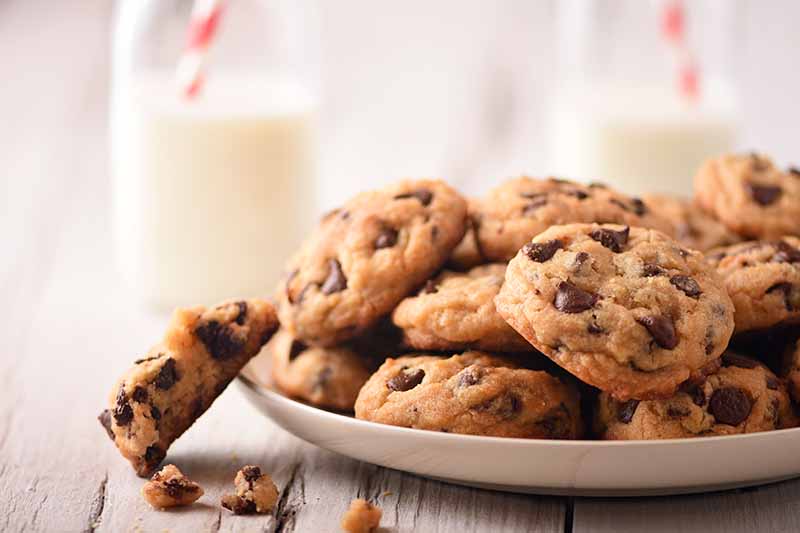
Baking is challenging, there’s no doubt about it. However, when we understand how ingredients combine and work together, and that there are multiple factors involved in the baking process aside from just the ingredients, we can begin to see how to improve our techniques.
Before you start to bake, review all of these tips. Concentrate on your recipe, and review each ingredient, each measurement, and each instruction.
After you have finished baking, evaluate your cookies, take notes, and reflect on your results. If you are happy with this batch, don’t forget to write down what you think went well, and how you adapted to any problems you faced.
If you still see some issues, determine all of the potential reasons why your baked goodies didn’t turn out as you anticipated.
And bake a new – and even better – batch the next time, with these new discoveries!
Do you have any advice on avoiding flat cookies? Is there a tip here that you weren’t aware of? Drop us a note in the comments with your progress – we want to hear about your failures and your successes!
When you’ve achieved baking chocolate chip cookies to perfection, feel free to tackle other prep, cooking, and baking issues next! With our lineup of helpful how-to articles, you can defeat any frustrating foe in the kitchen. Study these guides next:
- How to Use the Whole Loaf of Bread, Including the Ends!
- How to Peel and Devein Shrimp
- 11 Ways to Cook Healthier Meals for the Family Without Getting Caught
© Ask the Experts, LLC. ALL RIGHTS RESERVED. See our TOS for more details. Uncredited photos via Shutterstock. Originally published on October 15, 2016. With additional writing and editing by Nikki Cervone. Last updated on August 10, 2023.
About Nan Schiller
Nan Schiller is a writer from southeastern Pennsylvania. When she’s not in the garden, she’s in the kitchen preparing imaginative gluten- and dairy-free meals. With a background in business, writing, editing, and photography, Nan writes humorous and informative articles on gardening, food, parenting, and real estate topics. Having celiac disease has only served to inspire her to continue to explore creative ways to provide her family with nutritious locally-sourced food.

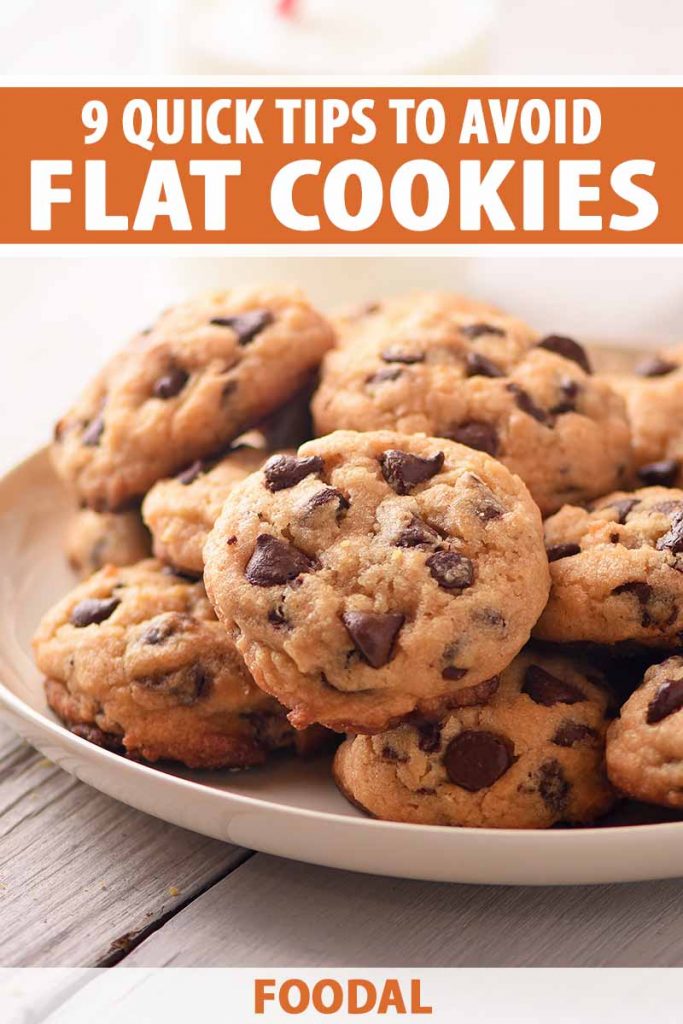
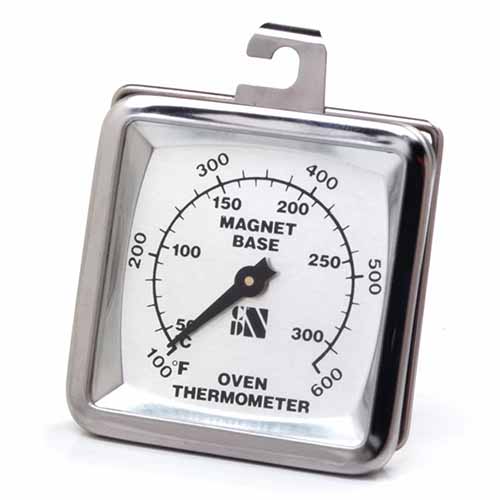

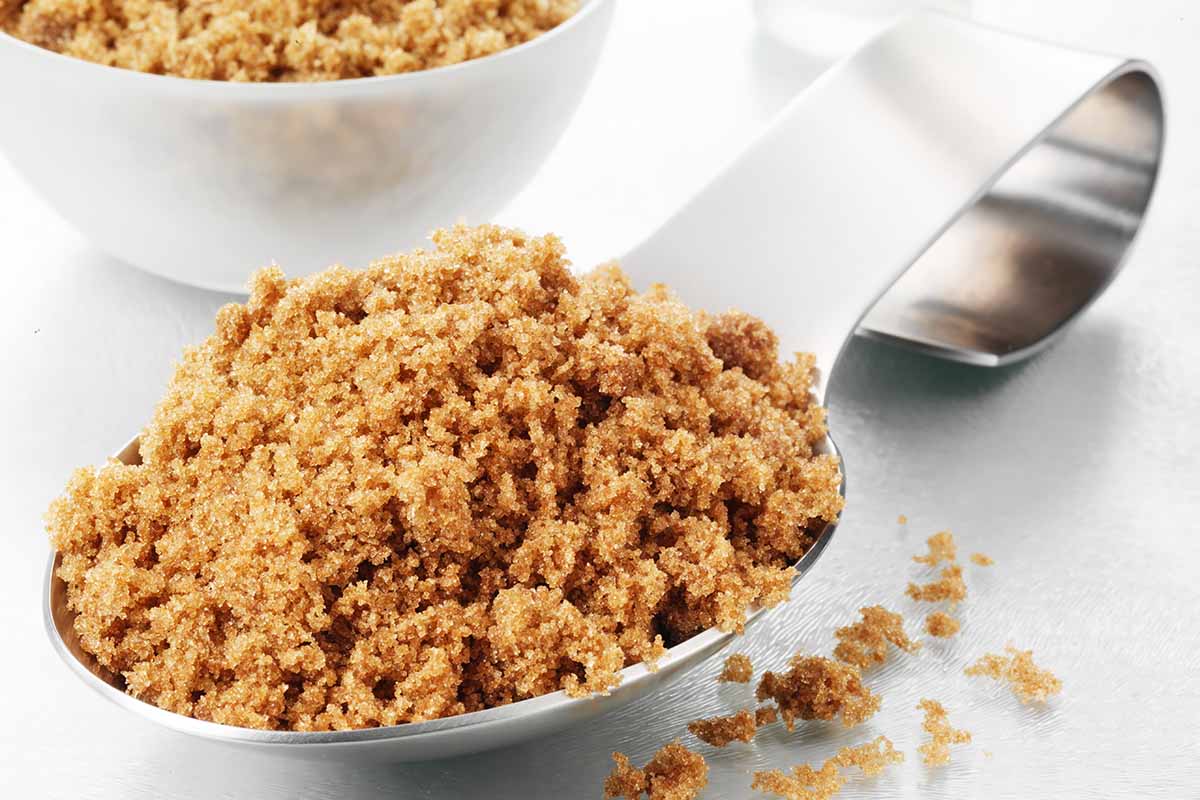
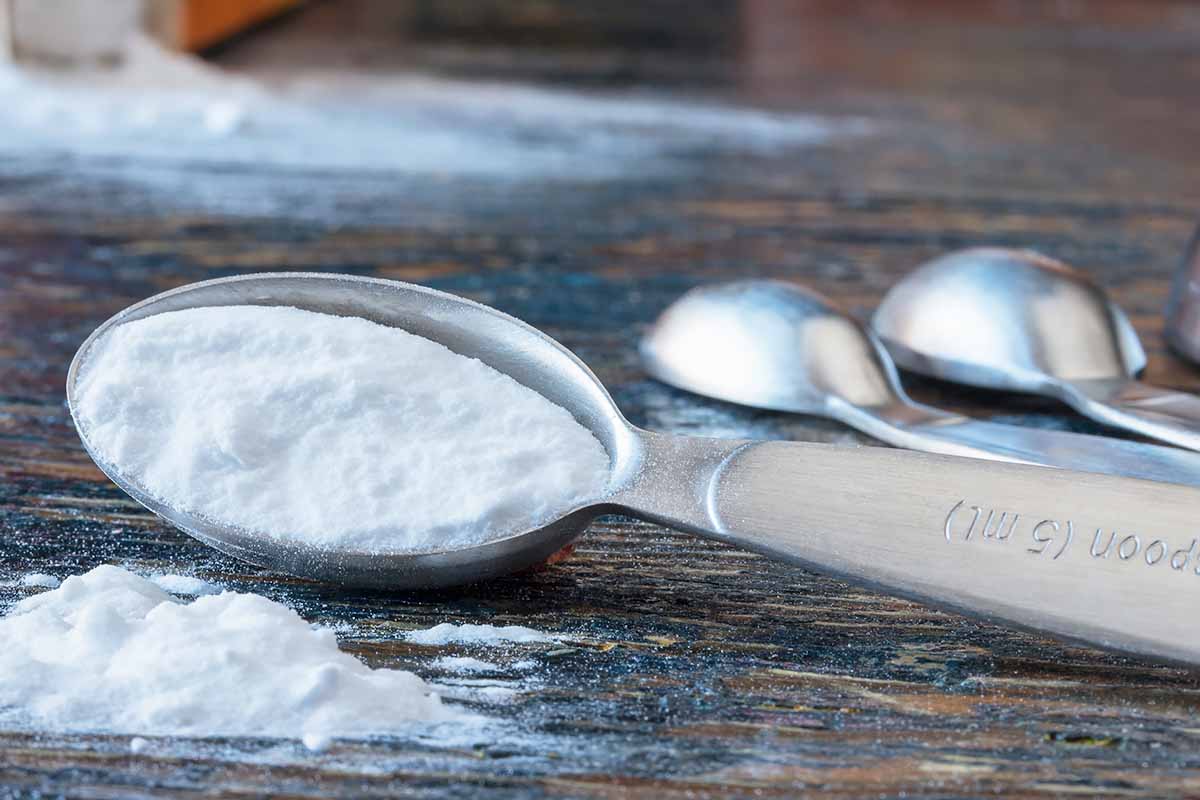
Great recipe. Just when you think that you’ve found all of the good choc chip recipes. Thanks for sharing it.
What does cream of tartar and baking powder do to a cookie recipe?
Cream of tartar is usually used for stabilizing egg whites, and both ingredients can be used for leavening. You can read more about baking powder here.
Thank you for the information on chocolate chip cookies going flat I have been making them for years but since I have moved to Georgia I have not made a decent chocolate chip cookie. I blamed it on my new gas oven, thank you again.
Hi Janice –
We’re so glad you found the article informative. Humidity can definitely take a toll! Wishing you much happiness and cooking success in your new home!
Nan, I couldn’t find any contact for you anywhere online except for here, so this is my best shot to express my gratitude for the most clear and encompassing review of any flower that I have ever researched. I am referring to your balloon flower review on Gardener’s Path. My new search-engine phrase: Nan Schiller (insert name of flower here). Thank you very much.
Hello Gary –
We’re so glad you have discovered Gardener’s Path and found the balloon flower article informative. It was very kind of you to post. Happy gardening!
Hi Nan, my cookies definitely fell flat and I cannot figure out exactly why. Any gut instincts as to what the culprit might be?
Hi Laura –
My first thought is that if it’s pouring rain at your house, like it is right now at mine, they may not have risen properly. Also, your baking powder or soda may be outdated and out of oomph. If you used a non-dairy margarine instead of a butter, which contains more fat, they may have spread instead of risen. And finally, your oven may be “slow,” or not as warm as the indicator says it is. Good luck with the next batch! The more you bake, the better you get at understanding what’s going right – and not so right.
Can I add baking soda or flour to cake mix cookies to help them rise and if so how much?
Hi Jeanne – When using a cake mix to bake cookies, you generally make up the mix and add something like chips or sprinkles, and don’t add any additional leavening.
Thanks for the tips on flat cookies. I couldn’t figure out why they are flat sometimes and raised other times. I will remember your tips. Thanks
I used my KitchenAid mixer, should I mix by hand? Cookies flat, I think I over mixed, and I did not add nuts and didn’t add additional flour.
As a tip for dry cookies, I add a little applesauce to my batter and I always have terrific cookies. Just a 1/4 cup will do the job. I very much enjoyed reading the article and will try a few recipes later today! Thank you for the information!
I keep my flour in the fridge. I usually set it out the day before. Should I keep my flour out of the fridge? I will use your helpful tips next time. This time was a flop and I went looking for help. Thanks!
Refrigerator or freezer storage is an excellent idea for ingredients like flour, since this will help to extend the shelf life. And because flour doesn’t contain much moisture, it comes back to room temperature quickly, so you don’t need to worry about defrosting before baking.
Can I use bread flour instead of all purpose flour for my choc chip cookies?
Yes, you can! But note that depending on the recipe, this will probably result in a chewier or more cake-like finished product.
Thanks for these tips – I wish I’d read them BEFORE my cookies went flat! I think in my case, I didn’t use enough flour. I bake with gluten-free flour and I’m always concerned about my cookies coming out dry and crumbly. I followed the recipe on my bag of GF flour, and I think just a little more flour would’ve helped. My dough seemed very soft. Oh well – I’m going to press these pancake cookies into a 13×9 pan & cut them into bars. They’ll still taste good!
What will cornstarch do in a choc chip cookie recipe? How much should you use?
Cornstarch helps to prevent wheat protein from becoming overdeveloped in baking, creating a softer, more tender texture in the finished product. But of course, avoiding overmixing helps immensely with this as well.
The amount that you need to add will depend on the recipe that you choose to use, or you could look for a recipe that was designed to use cornstarch to ensure that you get the proportions exactly right. Roughly 2 teaspoons of cornstarch per 2 cups of flour seems to be the norm- I’m sorry I can’t provide a more exact measurement for you!
Thanks so much for these tips. I can see where I am going wrong. I soften my butter in microwave; I probably overmix my butter and sugar; and I put my raw dough on cookie sheets that come out of a hot oven. I am old and am just learning this stuff. Where have you been all my life!!!
Hi Linda –
You’re welcome. We’re so glad you found the article useful. Welcome to Foodal. Happy baking!
I use a baking stone, parchment paper works well on these, it lets the excess moisture leave through the stone and not go back into the cookie, causing it to flatten. My cookies come out nice and tall like bakery cookies!
Hi Kate –
Thank you for sharing this excellent tip!
Hi Nan,
My mother taught me years ago to use half shortening half butter on my cookie recipes. Also I’ve learned to use a good quality chocolate chip. The oil that they are made from is very different.
Hello Carol –
Yes, half shortening and half butter is a winning combination that also works well for flaky pie crusts.
And you are absolutely right about variations among chocolate chip products. Quality varies, as well as type of chocolate.
Thank you for sharing!